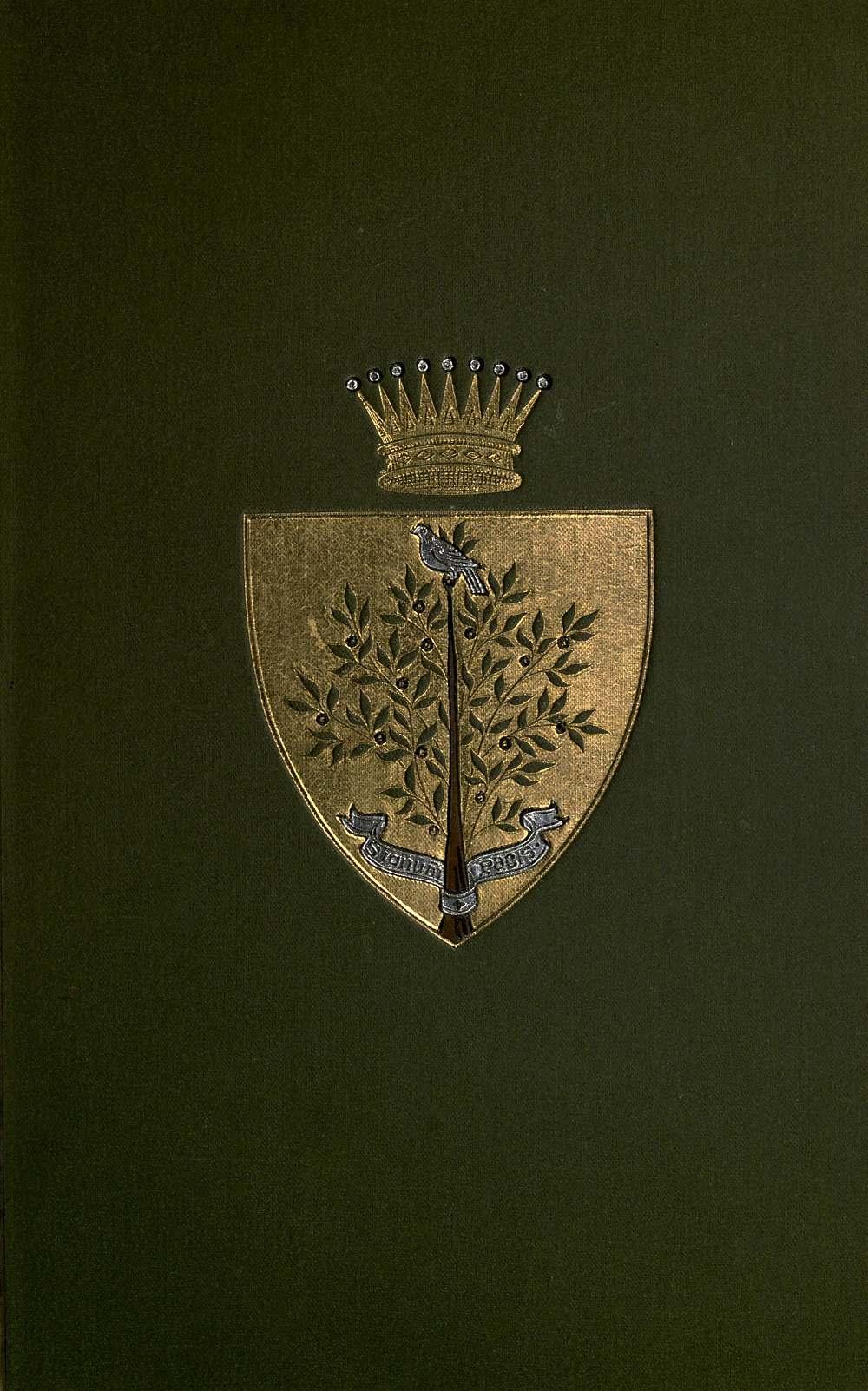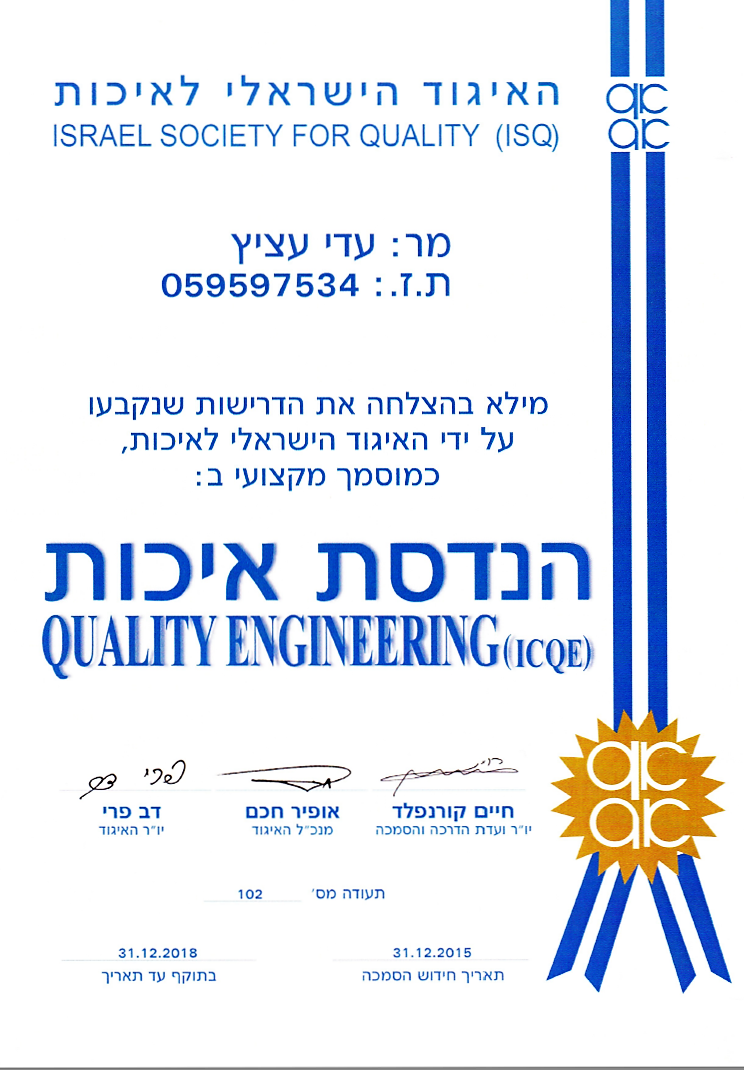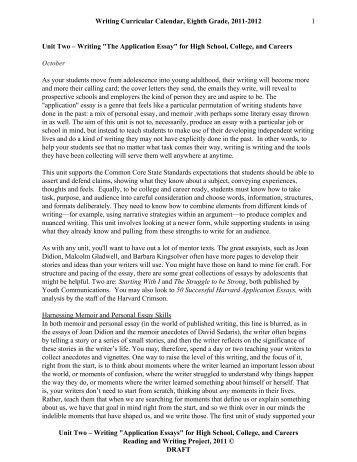Life cycle of the silkworm and the stages in the.
As is observed from the second picture, which describes the producing of silk cloth from silkworm, total stages of silk cloth production are five. Initially, in the first stage, silk thread shells are selected and boiled into hot water. Shells are unwinded properly and unwinded shells are exactly 300 to 900m long.The procedure of the silk cloth's production is demonstrated clearly in the second picture as 5 stages. In the first stage, the worker select the cocoons produced by the silkworm, and then boil them in the water during the next stage.Patterned silk velvet was the most expensive and prestigious of all woven textiles, but other patterned silks, such as damasks and brocades, were costly as well. The city-states of the Italian peninsula produced the majority of European luxury silks during the Middle Ages and the Renaissance, and continued to dominate the production of luxury.
The production of silk generally involves two processes: Care of the silkworm from the egg stage through completion of the cocoon. Production of mulberry trees that provide leaves upon which the worms feed. The silkworm caterpillar builds its cocoon by producing and surrounding itself with a long, continuous fibre, or filament.The raw silk is used in the manufacture of woven materials and the knitted fabrics for the preparation of garments, parachutes, parachute cords, fishing lines sieve for flour mills, insulation coil for telephones and wireless receivers and tyres of racing cars.. What is the Economic importance of silk?. Short essay on the importance of.

Sericulture Spreads into Asia and Europe With the mulberry silk moth native to China, the Chinese had a monopoly on the world's silk production until about BCE 200 when Korea saw the emergence of its own silk industry thanks to a handful of Chinese immigrants who had settled there.












